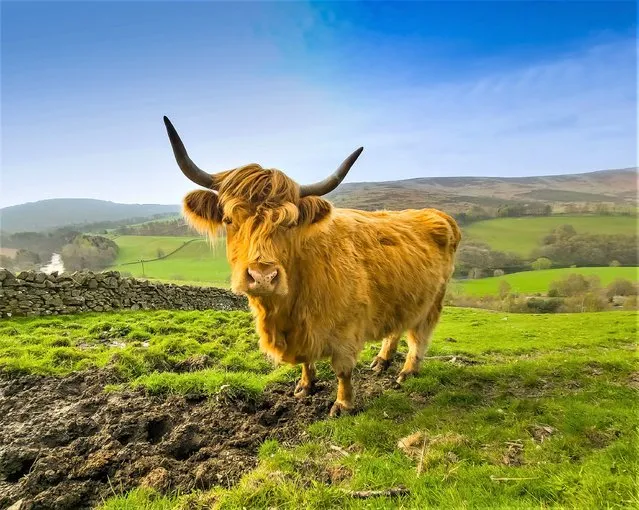
A Palestinian man reacts as he confronts Israeli forces during a protest against Israeli settlement activity near Hebron in the Israeli-occupied West Bank on June 11, 2022. (Photo by Mussa Qawasma/Reuters)
30 Jul 2022 04:05:00,post received
0 comments







